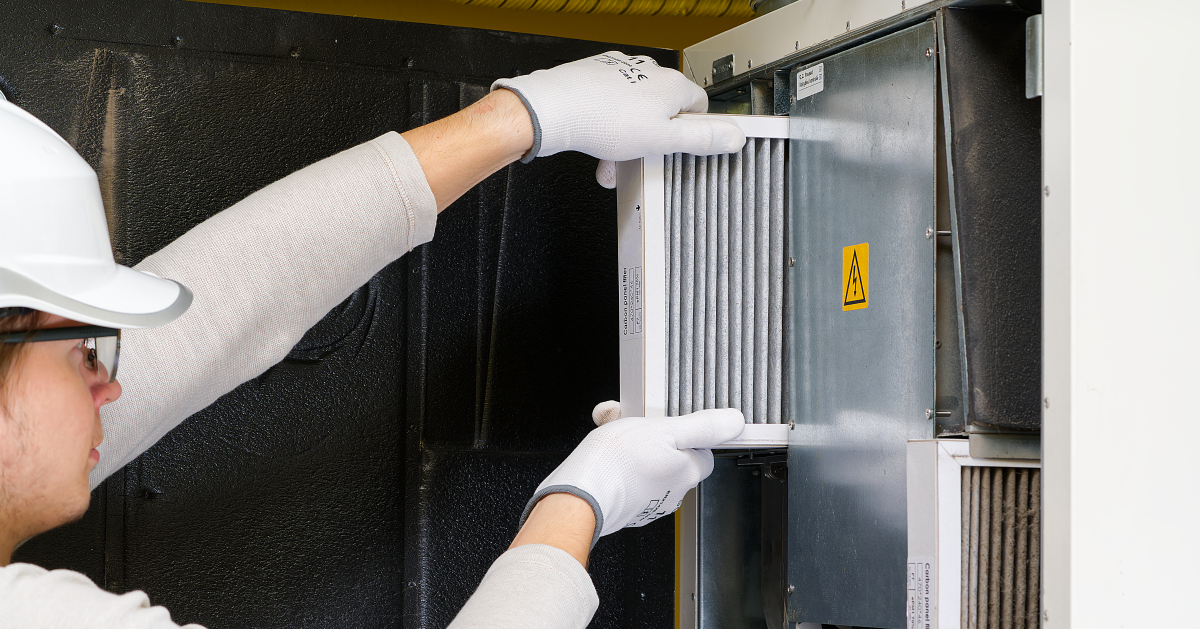Proper preventative maintenance (PM) is crucial for ensuring the longevity and efficiency of your custom-built home. Developing a clear PM schedule helps you stay ahead of potential issues, maintain the integrity of your home’s systems, and avoid costly repairs. Here’s how to create an effective PM schedule tailored to your custom-built home. Creating an effective PM schedule for your custom-built home. Find out how to manage your homes better with expert assistance and advice.
Understand the Unique Needs of Your Home
Custom Materials and Features
Custom-built homes often include unique materials, fixtures, and high-end finishes that require special care. Start by identifying all the custom elements in your home that need regular maintenance. For instance, wood flooring may need periodic refinishing, while marble countertops might require special sealants to maintain their appearance. Similarly, custom-built cabinetry or millwork may need regular cleaning and polishing to avoid wear over time.
Ensure your PM schedule reflects the specific needs of these unique features, ensuring their longevity and aesthetic appeal.
HVAC Systems and Energy Efficiency
Many custom homes include advanced HVAC systems designed to maximize energy efficiency. Regular maintenance is essential to ensure these systems continue operating at peak performance. Schedule bi-annual inspections to change filters, check for leaks, and ensure that the system is properly calibrated. A well-maintained HVAC system reduces energy bills and extends the lifespan of your equipment.
Seasonal Maintenance Tasks
Spring and Fall Inspections
Conducting inspections during spring and fall allows you to address issues related to changing weather conditions. In the spring, check for any damage caused by winter weather, including inspecting the roof, gutters, and exterior siding. This is also a good time to clean outdoor spaces, such as decks and patios, and prepare for the summer months.
In the fall, prepare your home for winter by inspecting and cleaning the gutters, checking insulation, and testing heating systems. Ensuring your home is ready for colder temperatures can prevent costly damage and keep your home comfortable throughout the season.
Winterizing Outdoor Spaces
If your custom home includes outdoor features like a pool, garden, or patio, these will require winterizing in preparation for colder months. Drain water from hoses, cover outdoor furniture, and properly winterize your pool or sprinkler system to prevent freezing and damage. Include these tasks in your PM schedule every fall to protect your outdoor amenities.
Plumbing and Electrical Systems
Regular Plumbing Inspections
Plumbing systems in custom-built homes can be more complex than standard homes, especially if they include features like radiant floor heating, multiple bathrooms, or specialty fixtures. Schedule annual plumbing inspections to identify potential leaks, corrosion, or blockages. Be sure to include water heaters and filtration systems in your schedule to ensure they are operating efficiently.
Electrical System Checks
To ensure the safety of your custom home, schedule routine checks of your electrical systems. This includes inspecting wiring, checking outlets, and ensuring that all safety features—such as smoke detectors and carbon monoxide detectors—are working properly. If your home includes advanced electrical systems like smart home technology, be sure to add those to your maintenance routine as well.
Exterior Maintenance
Roof and Gutter Maintenance
Your roof and gutters play a critical role in protecting your home from the elements. Inspect your roof at least once a year for missing shingles, leaks, or other damage. Clean your gutters regularly, especially in the fall, to prevent clogs and water damage. If your home includes custom features like skylights or solar panels, include those in your maintenance routine as well.
Landscaping and Drainage
Custom homes often feature elaborate landscaping, which requires regular maintenance to preserve curb appeal and prevent damage to your home’s foundation. Maintain a schedule for pruning trees, mowing lawns, and checking that drainage systems are functioning properly. Poor drainage can lead to water damage, so it’s important to address any issues promptly.
Interior Maintenance
Flooring and Surfaces
Custom flooring materials, such as hardwood, stone, or tile, require specialized care to maintain their appearance and durability. Depending on the material, schedule regular cleaning, refinishing, or resealing. Avoid using harsh chemicals or abrasive cleaning tools that could damage these surfaces.
Appliances and Fixtures
High-end appliances and fixtures, common in custom homes, may require more frequent maintenance than standard models. Follow manufacturer recommendations for cleaning, servicing, and replacing parts as needed. Regularly inspect kitchen appliances, HVAC units, and lighting fixtures to ensure they are functioning properly.
Keeping a Detailed Log
Tracking Completed Maintenance
Keeping a detailed log of completed maintenance tasks helps you stay organized and ensures nothing is overlooked. Record the date, task, and any repairs made, and store receipts or documentation for warranty purposes. Having a detailed record also helps when it’s time to sell your home, as potential buyers will appreciate the diligence in maintaining the property.
Conclusion
Creating an effective PM schedule for your custom-built home ensures that you protect your investment while maintaining its beauty and functionality. By regularly inspecting and servicing key systems like HVAC, plumbing, and electrical, and taking care of custom features and materials, you can prevent costly repairs and keep your home in top condition. With a well-planned PM schedule, your custom-built home will remain a comfortable, safe, and efficient space for years to come. Creating an effective PM schedule for your custom-built home. Find out how to manage your homes better with expert assistance and advice.


